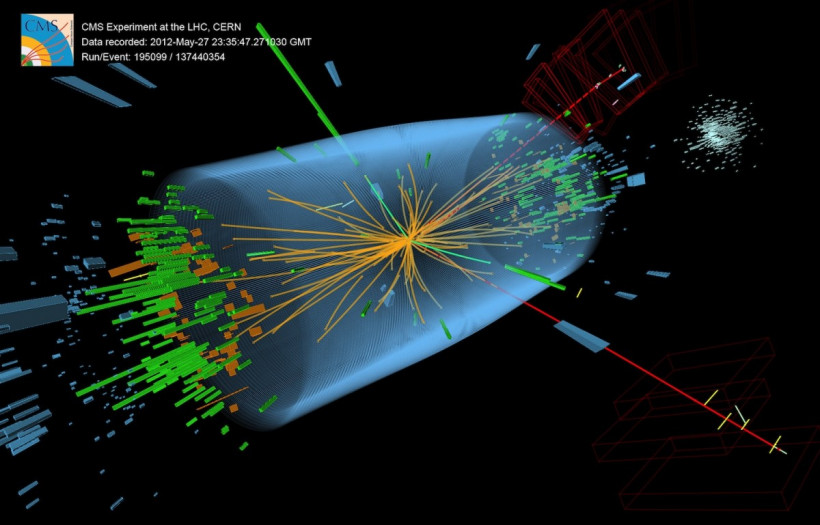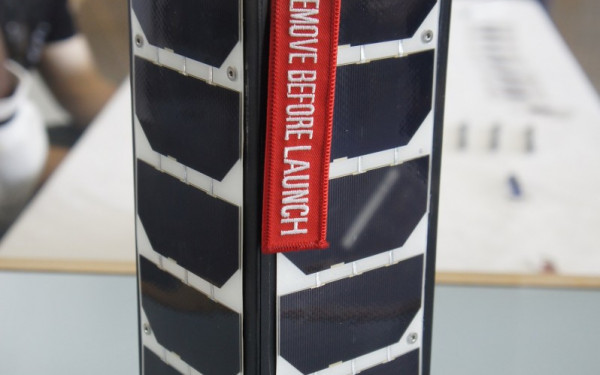2013: Year of the B I/O G
A new year means new tech.
This week we’ll be checking out upcoming goodies in 2013—and more serious things, like research and whatnot.
Firefox OS: If phones must get smarter, then it makes sense to finally use a smart OS. If iOS 6 left a bad taste in your mouth (or directed your car to a desert thanks to its wonderful mapping program) then Mozilla’s upcoming foray into smartphone operating systems will be a welcomed change. The makers of Firefox are keeping to their principles, which have always secured them a sizeable demographic of internet browser usage. The new Firefox OS will be open source and cheaper than Android for phone developers to purchase for outfitting their new models.
Leap Motion: Another new gizmo already ready to pre-order is the Leap Motion. Though it looks like a soap bar iPod, the Motion senses hand gestures and allows them to be simulated on a desktop or notebook. You can work in 3-D space and have it 100 per cent replicated on the screen—designers rejoice! Business folk will be forever thankful of the sensor’s eight-foot range, allowing for powerpoint presentations to be dynamic and away from the computer screen. The degree of control is astounding. For starters, think of the finger motions associated with Apple’s trackpad—now imagine being able to do that, but also tilt your hands and play a flight simulation-style video game!
Google Project Glass: Perhaps my favourite new item is one that has gotten some attention already at The Link. Google’s recently announced Project Glass is a visor with a Head Mounted Display. The HMD weaves augmented reality into everyday life by displaying popular smartphone features directly into our line of vision. This technological veil can expand around the lenses so we can simulate seeing faces, have notes recorded and transcribed before our very eyes —so to speak—and even have maps and directions pop up and layer themselves on top of the roads and paths they’re directing us through.
Now, all this new tech sounds pretty swell, but what about new ideas? What paradigm shift is ready to discombobulate our world views? Well, to be honest a lot is not known because research is a highly coveted and stealable currency.
But from what is out there, I am excited about the recent troubles analyzing the Higgs boson at the Large Hadron Collider out in Geneva, Switzerland.
According to published data, there seems to be two peaks where experiments have found traces of the illusive universal building block.
The problem is scientists at the LHC have two different decay processes (essentially a spontaneous transformation of one particle into another) which create two separate value clusters of mass for the Higgs.
The difference is only about 3.1 gigaelectronvolts—or roughly three times the mass of a proton—but a small crack can signal a fissure.
Some physics blogs are expecting a calibration error to be at fault But whether the two distinct data clusters are in fact resulting from error or because we have a second Higgs-like boson remains to be seen.
The Higgs is transforming our conception of how objects can even have mass. With the drama still unfolding, it looks like with our evolving understanding of the Higgs and its interactions with the rest of the universe—a fifth fundamental force, it looks like—there is enough to be excited for in 2013.
I leave you with a quote you already know. Neil Armstrong said throughout his life that this famous phrase came to him in the moment as he first touched down on the moon. But his brother has posthumously debunked that. Remember that even the greatest acts cannot be accomplished without a bit of foresight—even the writing of an abstract saying to proclaim your landing first on the moon:
“That’s one small step for a man, one giant leap for mankind.”
—Neil Armstrong (1969)
Bitted, spaced and so done with 2012,
Andrew Brennan
-Assistant News Editor


_600_832_s.png)



